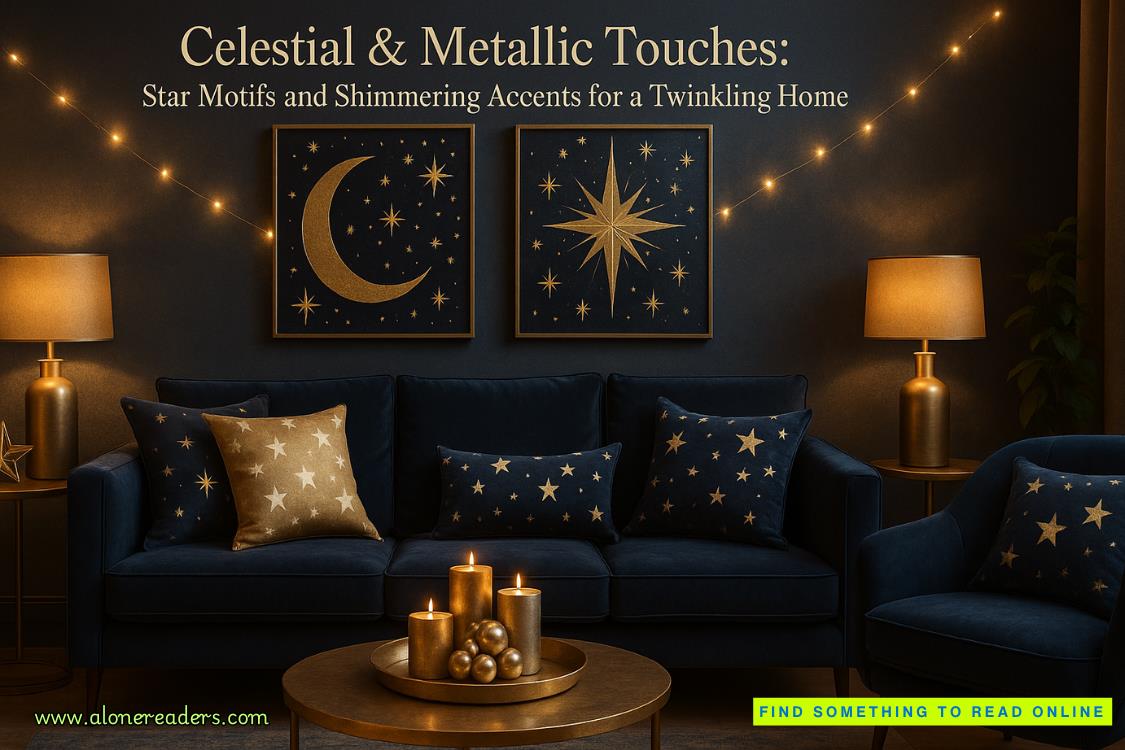Page 52 of Twins for the Barbarians
“I’m out of breath, Kingo, and pregnant with hybrid twins; how the hell do you think I feel?” I reply, panting as I sit on the top of an old wooden fence.
Behind me, there is a small house. There are no lights on, but the moons cast long shadows along it and on the narrow town streets and clay buildings. They’re all one-level structures with disintegrated roofs and tattered walls. One day, and likely one day soon, the volcano will erupt, and lava will glaze and melt everything here.
“I’m okay, though,” I add, trying to smile. “Just winded. I need a moment.”
“This is where Elian Daron wanted to go,” Kingo tells me. “According to his notes, he wanted to bring a team of researchers up here after Red Rock. He’d hoped that what he’d found so far would help prevent a civil war, but he wanted to look around here, too, in case the generals weren’t convinced.”
“He had faith in himself,” I say. “And he thought he could tell Sunna the truth without repercussions.” I pause and give Leela a curious look. “What did Solomon think about what happened to his brother?”
Leela thinks, lowering her gaze. “He’s never really talked about him to me, to any of us really. If he has feelings on the matter one way or another, he’s kept them close to the vest. And no one dares ask.”
“Do you know what happened here at Kaos?” I ask Leela. “It looks like a civilian outpost.”
“Well, according to our history, this was the first town erected on Kaos by our ancestors,” she says. “From here, they moved down over the years, away from the volcano’s mouth. This is actually the fifth rebuilt version of the first town. The lava flattened the previous settlements when Kaos erupted.”
“It’s also ground zero for the infection, isn’t it?”
She nods slowly.
Just as I thought, it explains the gloomy silence blanketing the whole region. Death lingers in these parts, dark, silent, and brooding. The memory of great suffering tends to stick around long after the people have died, a reminder that nothing lasts forever and no one is safe from an untimely ending if the universe wills it.
The issue here is that this wasn’t exactly willed by the universe.
“Why do you think the plague was lab-made?” Leela asks once we’re moving again. We walk through the streets, looking at the houses as we make our way up toward the stony path that will eventually lead us to the source of the orange glow.
“The pattern of infection,” I reply. “Kingo would be better suited to explain the technical details that made us reach this conclusion, but it’s undeniable at this point. It was lab-made and systematically released for maximum damage.”
“Why would anyone do such a thing? I’ve been thinking about it a lot, especially today after I received the news about my brother. Why?”
“We’re just as puzzled, Leela,” I tell her. “None of those involved in the war had anything to gain from the plague. The Sky Tribe is struggling just like the Fire Tribe. Each is going about it in different ways, but they’re all simply desperate to survive. Yet if we look to Opal City…I can’t help but wonder.”
Leela gives me a troubled look. “We’ve been doing better, yes, much better than the rest of the world. You don’t think…” Her voice fades quickly. She’s thinking it, too. “Oh, no, I…I can’t imagine. Why would he?”
“The king might be able to tell us himself if he’s confronted with evidence. Right now, we only have theories. They’re reasonable conclusions, but I wouldn’t dare bring this to Solomon without some kind of solid proof,” I say.
“I may be able to help,” she replies. “There’s a place I know, a research station Sarin once told me about. It was a slip of the tongue, really. I was still young. I was newly married. Sarin and Neya were a tad upset that he decided to take a third wife. I caught them talking about it once, and Neya told Sarin they could sneak me up to the research station, hoping it would get me in enough trouble with the king to have me thrown out of the palace or worse. They apologized for those words, of course, quickly realizing they’d let their emotions get the better of them. But the mention of that research station stuck with me. According to Neya, it used to be Solomon’s laboratory.”
“Right, Solomon was a reputable, ambitious biomedical engineer at the time,” Kingo says, remembering everything we’d read about the guy while studying his brother.
“Chief virologist of Opal City’s Central Hospital, too,” Leela replies.
My jaw drops. We didn’t read about that particular nugget anywhere. “Wait, what?”
“Chief virologist?” Kingo is equally stunned. “We didn’t know.”
“He led Central Hospital’s virology department and all of their development programs,” Leela states matter-of-factly. “He once told me he resented his many female colleagues on the research panel because they kept hindering his work, accusing him of ethical breaches. When I asked about those women, he told me the plague took them first. It was a lesson they learned the hard way, he said. I thought it was cruel of him to say such things, but a man can be bitter. Looking back now…oh, Alicia…the more I think about it, the more I remember all these moments that didn’t seem like much at the time…”
She is about to cry again, but I squeeze her wrist firmly and look deep into her eyes. “You need to keep it together,” I say. “You’re a strong woman, a queen of the people. You are beautiful and extraordinarily intelligent. My guess is you’ve spent most of your life being underestimated and treated like a child, even after you gave birth to the king’s sons. Do not let the truth shatter you. Deep down, you must’ve suspected something was off about this place, about your life here.”
“Yes,” Leela nods slowly, blinking back a fresh round of tears. “I never dared tell anyone. Who could I tell?”
“I think Sarin and Neya have been carrying this quiet burden for so long, too,” I say. “But if we can get to the truth tonight, maybe it’ll take that load off your shoulders. None of you deserves to pay for something Solomon did.”
“Come, then,” she says. “I’ll take you to the research station. Sarin mentioned the Five Teeth when she talked about it. I know where that is.”
About half an hour later, we’re on the eastern ridge of the volcano. We can’t see Opal City from this angle. All we see is the red, barren wasteland of the fields below. Those used to be farming parcels, the rich volcanic soil once home to endless blankets of precious grains and flowering orchards. When the plague hit, however, it was all abandoned, and the recent volcanic activities left their mark, as well. Wildfires ravaged the area, along with most of the eastern side of the mountain—evidenced by the patchy bushes and young blackwood trees growing here.
Ahead, five jagged obsidian rocks poke out of the ground in the company of a few purple pines. Behind them, the remains of a laboratory are visible under a thick layer of dust, grime, and ash, untouched and undisturbed for decades. The windows are small, so I imagine there must’ve been plenty of working lights inside. The bricks are black limestone, likely thick and sturdy enough to withstand a volcanic eruption and the ensuing lava.















